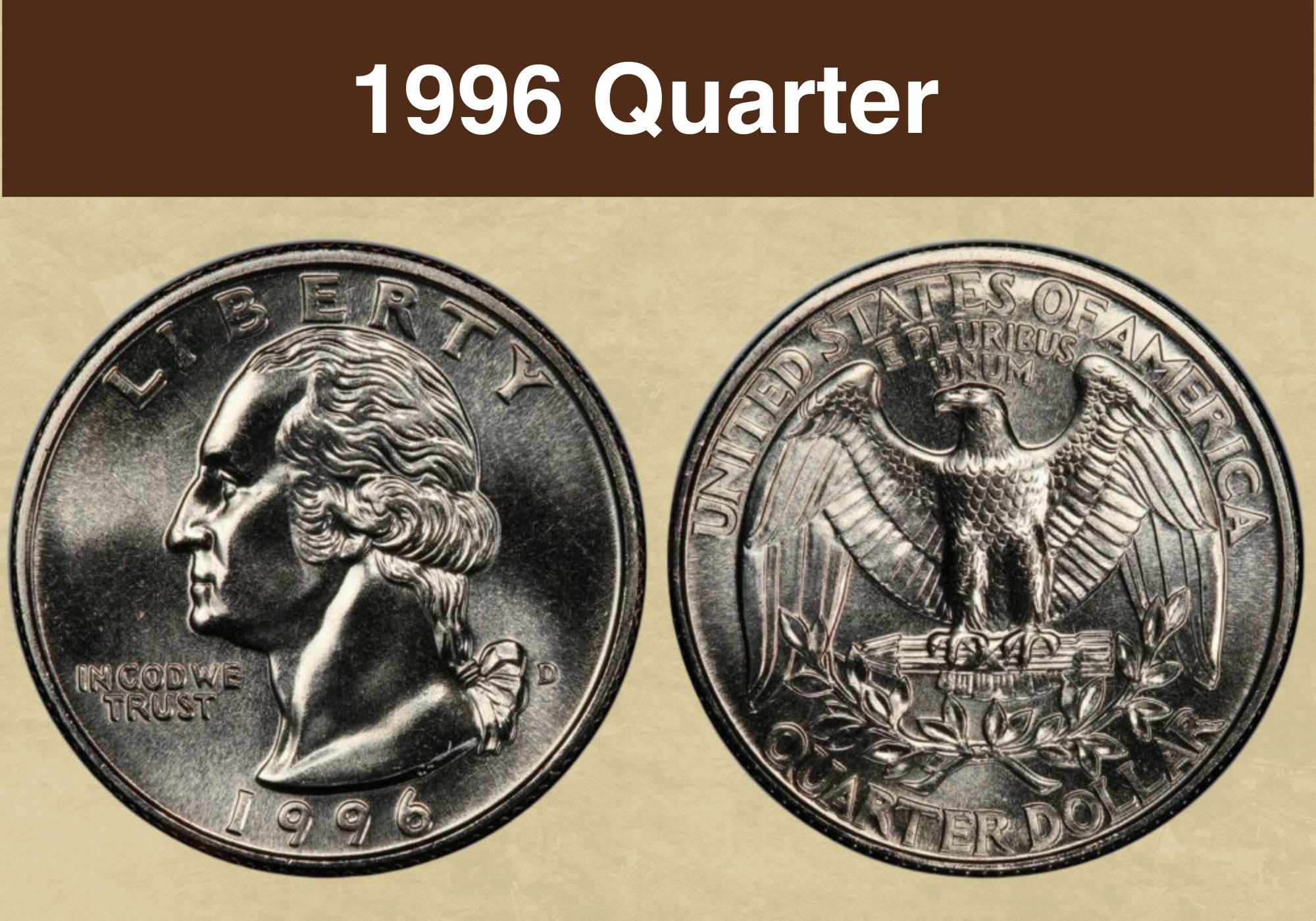
Coin Value Contents Table
- 1996 Quarter Value Chart (Business Strike)
- 1996 Proof Quarter Value Chart
- History of the 1996 Quarter
- Features of the 1996 Quarter
- 1996 Quarter Grading Guides
- 1996 Quarter Value Guides
- 1996-P Quarter Value
- 1996-D Quarter Value
- 1996-S Clad Proof Quarter Value
- 1996-S Silver Proof Quarter Value
- Rare 1996 Quarter Errors List
- Where to Sell Your 1996 Quarter ?
- 1996 Quarter FAQ
1996 doesn’t seem that long ago but it’s been nearly twenty years. In the coin world, that’s worth some cash. So we’re going to look into the 1996 Quarter Value, including its minting locations, coin errors, and any other factors that raise the potential resale value of this 25c.
1996 Quarter Value Chart (Business Strike) |
||||||
| Coin | MS 60 | MS 63 | MS 64+ | MS 66+ | MS 67+ | MS 68 |
| 1996-P Quarter | $1 | $2 | $6 | $16 | $47 | $275 |
| 1996-D Quarter | – | $0 | $9 | $18 | $55 | $360 |
1996 Proof Quarter Value Chart |
||||||
| Coin | PR/PF 62+ DCAM | PR/PF 64+ DCAM | PR/PF 66+ DCAM | PR/PF 68+ DCAM | PR/PF 69 DCAM | PR/PF 70 DCAM |
| 1996-S Clad Proof Quarter | $5 | $5 | $5 | $12 | $16 | $38 |
| 1996-S Silver Proof Quarter | $5 | $7 | $9 | $12 | $17 | $48 |
History of the 1996 Quarter
A few decades ago, you could collect coins or stamps for pleasure and sometimes make a lot of money. Precious coins were especially valuable because of their intrinsic value. But even more recent coins can be profitable. In the late 1990s, the US Mint introduced circulating quarters that were targeted at hobbyists. Some of these coins still make a good investment.
They include America the Beautiful Quarters aka the National Parks and Monuments series. Others are American Women Quarters, 50 States Quarters, and DC + Territories Quarters. These coin series were launched at the turn of the century – pardon the cliché – because collectibles and commemoratives were effective fundraising tools for the federal government.
Before then, most quarters had the standard George Washington and bald eagle design. It was first used in 1932 to celebrate Washington’s Bicentennial, even though he hated the idea. Washington, the 1st US President, preferred US money not to feature politicians and leaders. It was a normal concept at the time, and lots of other countries still have royals on money.
Deciding Who to Put on Coins
Even modern-day nations put their presidents and prime ministers on their currency. But Washington (and fellow Founding Father Benjamin Franklin) rejected many practices tied to the monarchy. So we waited two centuries to overrule them. And even the latest Presidential Coin program lets the POTUS rest in peace for at least two years before we put him on $1.
Interestingly, while quarters had shed their silver content back in 1965, the 1996 had some pieces with silver in them. These were mainly aimed at collectors. The Silver Proof Quarter was reintroduced in 1992, paving the path for 1999 State Quarters and all the series that followed them. At this point, almost every reverse (the tails side) had a new coin designer.
But back in 1996, both the heads side (obverse) and the tails side were by John Flanagan. In terms of practicality, it was a popular coin because the portrait was fairly even and didn’t have many high points. That meant the coin needed fewer strikes to produce and wore out evenly. 25c coin dies lasted much longer than other denominations (e.g. nickels and dimes).
Collecting 21st Century Coins
Today, quarters and dimes are still profitable to the mint. Conversely, nickels and pennies cause losses at the US Mint because their production cost is higher than their face value. (A penny costs almost 3c to make while a nickel costs 11c). Today’s quarters have a cupronickel coat over a copper core, so they cost roughly 11c, granting the US Mint about 14c in profit.
This difference in figures is called seignorage, and it’s a sort of tax that brings in lots of mint revenue. Add that to collector’s coins and you’ll see why the Treasury supports numismatics. On a more personal level, coins can be a good investment, particularly key dates i.e. rare years. Mint mistakes can also raise the resale value of a coin. Let’s start with coin features.
Also read: Top 13 Most Valuable State Quarters Worth Money
Features of the 1996 Quarter
We’ve talked about the obverse and reverse of a coin, so as we describe the features of the 1996 Quarter, let’s start with a few more numismatic terms. The thin side of a coin is its edge, the raised border is its rim or collar, the words are mottos or legends, the images are devices, and the background is the field. Blank discs that make coins are called planchets.
The Obverse of the 1996 Quarter
It shows George Washington facing left, with Liberty above his head and In God We Trust under his chin. On the right, next to his ponytail, is the mint mark. The lower rim of the coin has the mint date and on the neckline cut-off, towards the right, it has JF for John Flanagan.
The Reverse of the 1996 Quarter
It has an eagle with an olive wreath running from one wing tip to the other. Above its head, it says E Pluribus Unum while the top of the coin says United States of America. The eagle has a bundle of arrows. The bottom of the coin has its face value/denomination, Quarter Dollar.
Other Features of the 1996 Quarter
Circulating Quarters from 1996 are 91.67% copper with 8.33% nickel and weigh 5.67g. Some proofs have this metal mix as well, but others are 90% Silver and 10% Copper. These weigh 6.25g. Both types are 24.3mm in diameter, 1.75mm thick, and have 119 reeds on their edges.
1996 Quarter Grading Guides
Washington Quarters don’t lose their details as easily as other denominations. It’s because their design was fairly even throughout the coin surface, with no high points that could wear down quickly. Also, as a relatively young coin, many are graded Deep Cameo or Ultra Cameo. These 25c coins – proofs and regular strikes – are rated from 1 to 70 on the Sheldon Scale.
| # | Grade |
|---|---|
| 1 | Basal State-1 |
| 2 | Fair |
| 3 | Very Fair |
| 4, 5, 6 | Good |
| 7, 8, 10 | Very Good |
| 12, 15 | Fine |
| 20, 30 | Very Fine |
| 40 | Extremely Fine |
| 50 | About Uncirculated |
| 60 | Mint State |
| 65 | Mint State |
| 70 | Mint State |
Please check our grading guides to know your coin scale, It’s the necessary step to know the exact value of your coin.
Check out now: How to Grade Washington Quarter?
1996 Quarter Value Guides
In 1996, the US Mint made Quarters in Philadelphia, Denver, and San Francisco. While all the San Francisco coins were proofs, some were clad coins while others were silver. The mint location affects resale prices, but so does the metal composition. For reference, regular strikes or business strikes are for everyday use while proofs are collectible coins that rarely circulate.
1996-P Quarter Value
In 1996, the Philadelphia Mint made 925,040,000 Quarters with the P Mint Mark. On 29th November 2012, an MS 68 sold for $1,998. That’s the highest-known grade so far, but lots of people have MS 68 Quarters from 1996. PCGS has received over 100 pieces for grading so in September 2023, they estimate the value of these coins as $225. The main factor is volume.
One step down, close to 500 coins have shown up in the MS 67 grade, so they go for $22 in September 2023. Although PCGS has seen only 3 Philadelphia Quarters graded MS 67+, the coins are influenced by the popularity of their neighbors on either side so their rarity doesn’t save them. They only sell for $45. Meanwhile, an MS 60 Philadelphia Quarter is $1.
1996-D Quarter Value
The Denver Mint made 906,868,000 Quarters with the D Mint Mark in 1996. In MS 63, these coins currently cost less than a dollar. They’re barely worth face value! And as recently as a decade ago, an MS 68 sold for $447. That’s the highest known grade, but since PCGS has seen more than 50 pieces, their September 2023 value is $360. Then MS 67+ drops to $55.
This may seem strange because PCGS has four coins graded MS 67+. But half a step below them, almost 700 coins have been graded as MS 67, lowering the value of adjacent grades. In September 2023, a 1996-D Quarter graded MS 67 is only worth $26. Still moving down, with over 200 coins graded MS 66, their value is $15. They’re not worth selling at the current rate.
1996-S Clad Proof Quarter Value
As we said before, in 1996, the US Mint made mirror-like proofs with two metal mixes. The mint makes proofs using special dies that have laser-frosted devices and fields polished with horsehair brushes. The blanks are burnished before striking by tumbling them in drums full of stainless steel balls. These polishing beads are 6mm in diameter. Let’s look at clad proofs.
The San Francisco Mint made 1,750,244 Clad Proof Quarters in 1996 with the S Mint Mark. Their luxurious shine makes them seem quite expensive, but coins graded PR 60 to PR 66+ are only worth $5 in September 2023. Even the perfect grade of PR 70 DCAM is worth $38. But exactly two decades ago, a PR 70 DCAM Quarter sold for $719 on 30th September 2003.
1996-S Silver Proof Quarter Value
Now let’s check out the Silver Proofs. The San Francisco Mint made 775,021 of them in 1996. And although these coins carry the intrinsic value of their precious metal content, they’re not worth much more than their clad cousins. In September 2023, the perfect PR 70 DCAM is just $42 while a PR 60 DCAM is $4. That slight variation is driven by silver market prices.
Looking back at the history though, a PR 70 DCAM sold for $334 on 16th January 2006. That said, 1996-S Silver Proof Quarters are cheap because of their availability. Over 650 coins are known in PR 70 DCAM. And verified PR 69 DCAM submissions are quickly approaching 6,000 coins! Even PR 68 DCAMs are numerous. PCGS has received more than a hundred.
Also read: Top 16 Most Valuable Modern Quarters Worth Money
Rare 1996 Quarter Errors List
As we hinted earlier, mint mistakes can raise the value of a coin. The earliest mistakes get an FS number. It means First Strike and refers to errors discovered within 30 days of the coin’s original release date. While other mistakes can be valuable, FS errors are the most expensive. In 1996, no first-strike mistakes popped up. Still, let’s review some popular Quarter Errors.
1996-P Quarter Struck on a Nickel Planchet
To make coins, a coiled sheet of metal comes into the mint. It gets flattened in a blanking machine and punched into different sizes according to the denomination. Sometimes, a coin is struck on a planchet intended for another denomination. Here, a quarter was struck on a smaller 5c blank weighing 4.9g instead of 5.67g. It’s a common error. In MS 62, it was $204.
1996-D Quarter Clad Reverse Layer Missing
Since 1965, most US coins have been made with the Johnson Sandwich, which is a copper core topped with cupronickel cladding that’s 75% copper and 25% nickel. And sometimes, the upper layer peels off during the minting process. The result is a two-toned coin that has a shiny grey coat on one side and a coppery one on the other. Graded MS 63, it’s worth $79.
1996-P Quarter Struck Thru Late Cap Die
Sometimes, a blank gets stuck on the die, blocking the next one that comes into the press. The obstructed coin might have part or all of its design marred by the planchet above it. This is because the blank below doesn’t come into direct contact with the die itself. This is called a capped die error and can cause blurry images. Here, a capped coin in MS 61 sold for $59.
1996-P Quarter Struck 65% Off-Center
Blanks enter the press using a sort of conveyor belt system with feeder fingers. But with so many planchets per second, they don’t always land in the right spot. In such cases, the dies only hit part of the coin, leaving the rest of it unmarked. This misalignment is called an off-centre error and it’s measured in percentages. Graded MS 64, this 65% off-center was $156.
1996-P Quarter Double Struck Error
If the blank is mispositioned before striking (as we’ve seen above), you get an off-center error. But since each coin is struck multiple times to ensure clarity, it might move between strikes. It can even get hit on its way out of the press. This creates overlapping images and is called a double strike. This can deform the circular shape. Ungraded, this one sold for $800.
Also read: 17 Most Valuable Quarter Errors Worth Money
Where to Sell Your 1996 Quarter ?
Now that you know the value of your coins, do you know where to sell those coins online easily? Don’t worry, I’ve compiled a list of these sites, including their introduction, pros, and cons.
Check out now: Best Places To Sell Coins Online (Pros & Cons)
1996 Quarter FAQ
How Many 1996 Quarters Were Made?
The total mintage for 1996 Quarters was 1,834,433,265. These comprised the clad circulating coins from Philadelphia and Denver, the clad proof coins from San Francisco, and the silver proof coins from San Francisco. The silver proofs had the lowest volumes at around 775K.

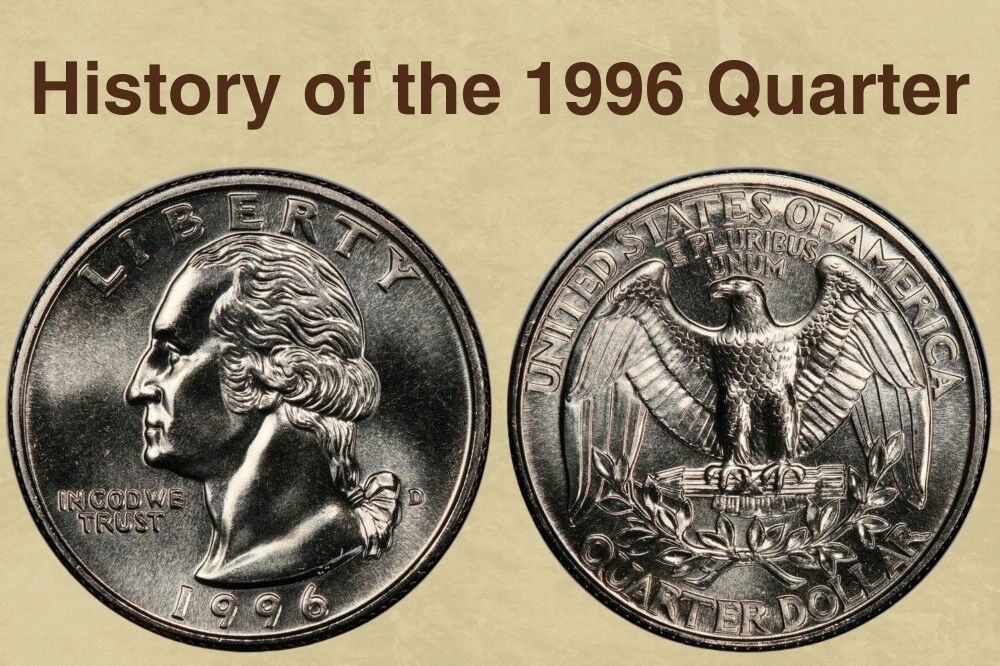
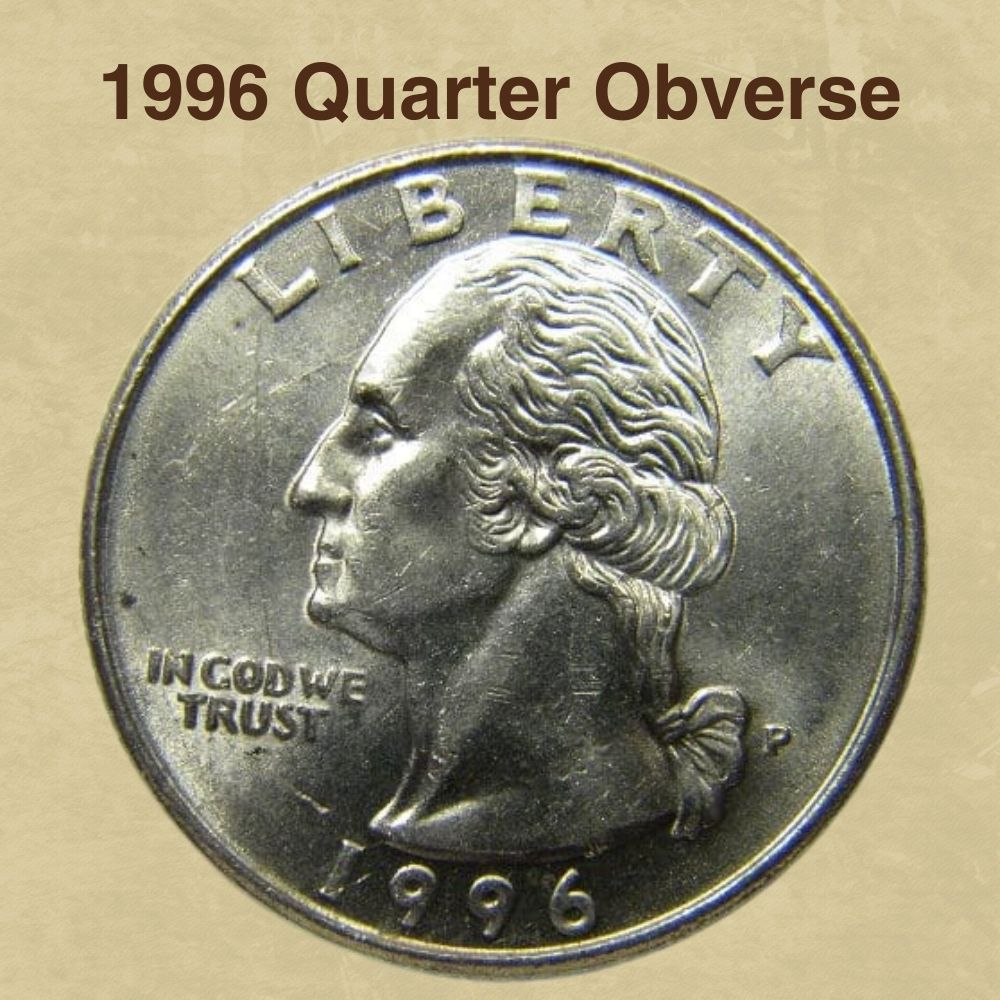
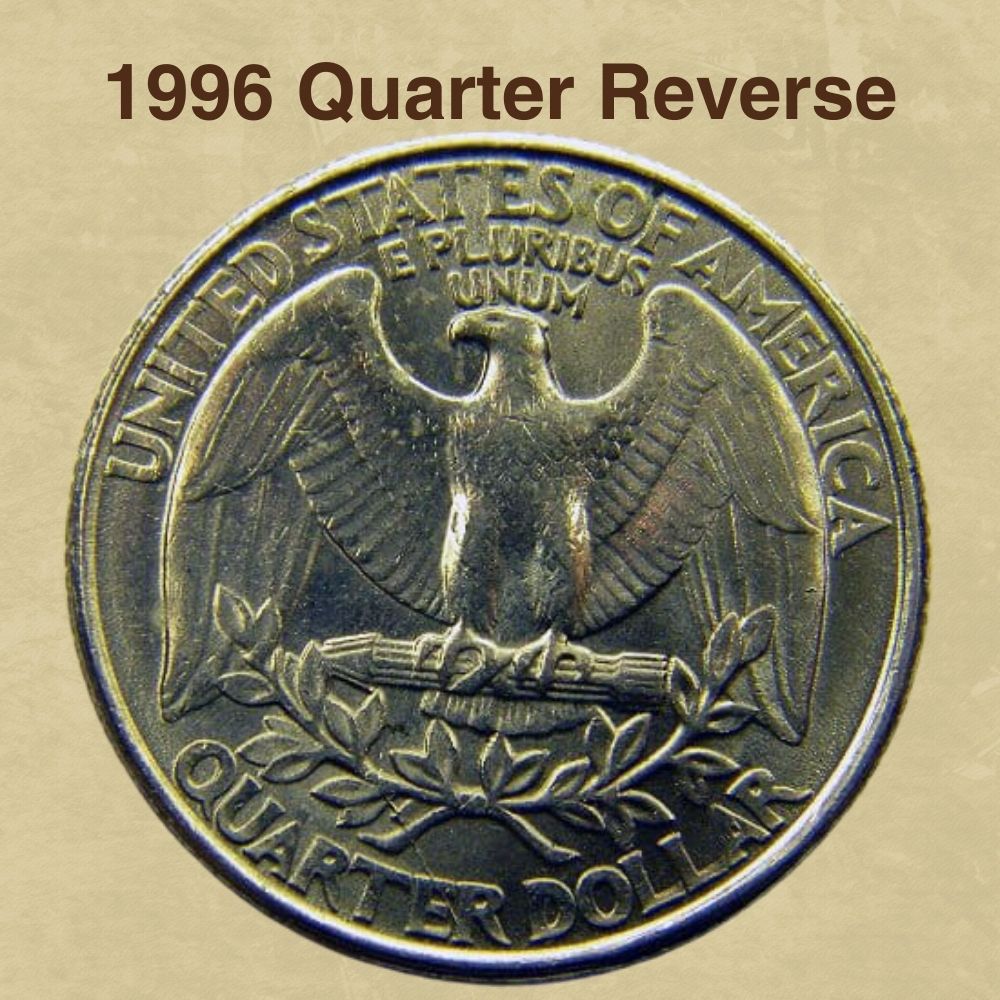
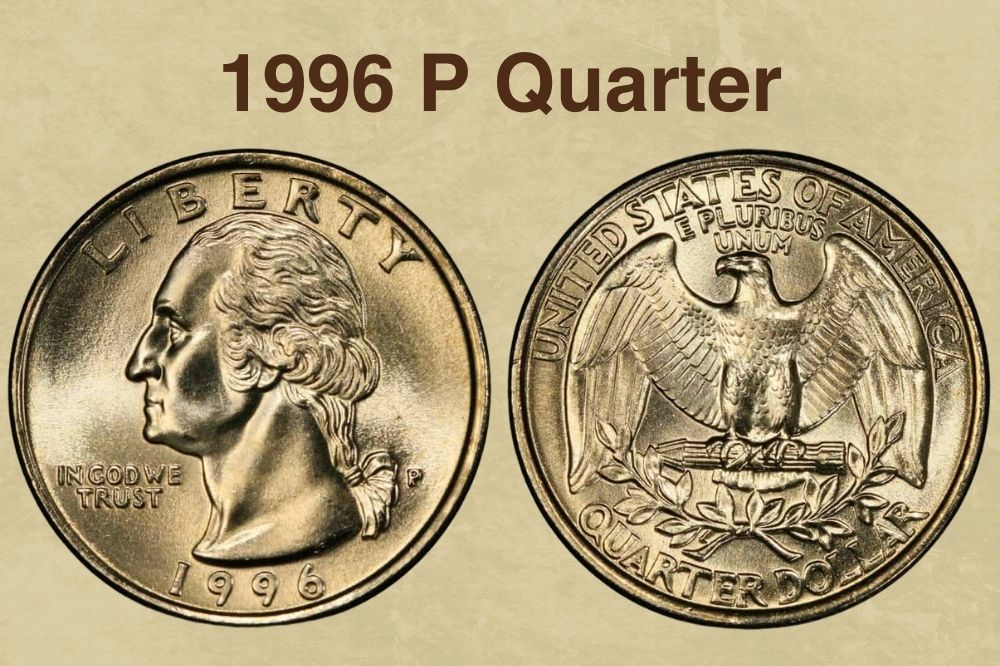
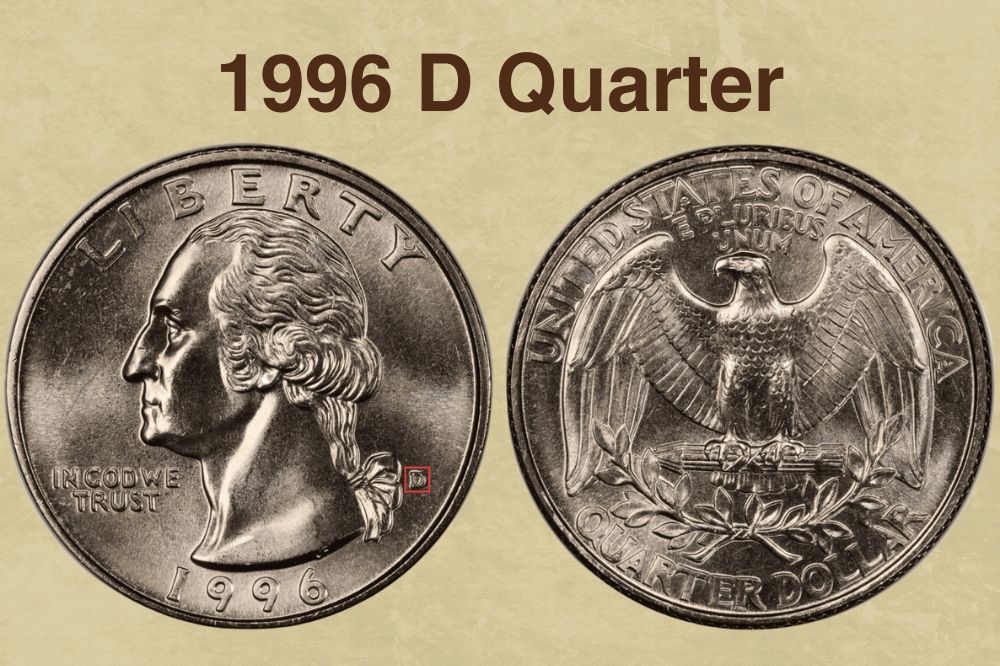
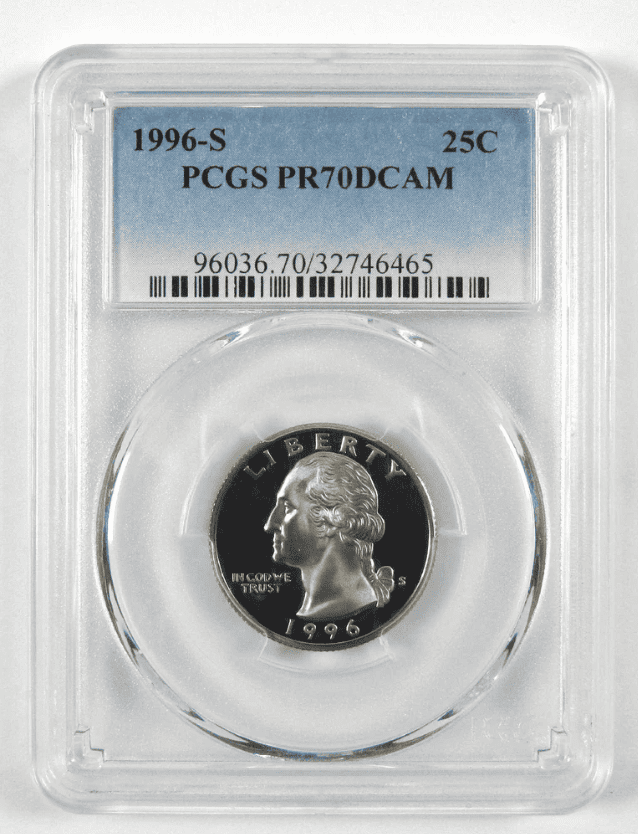
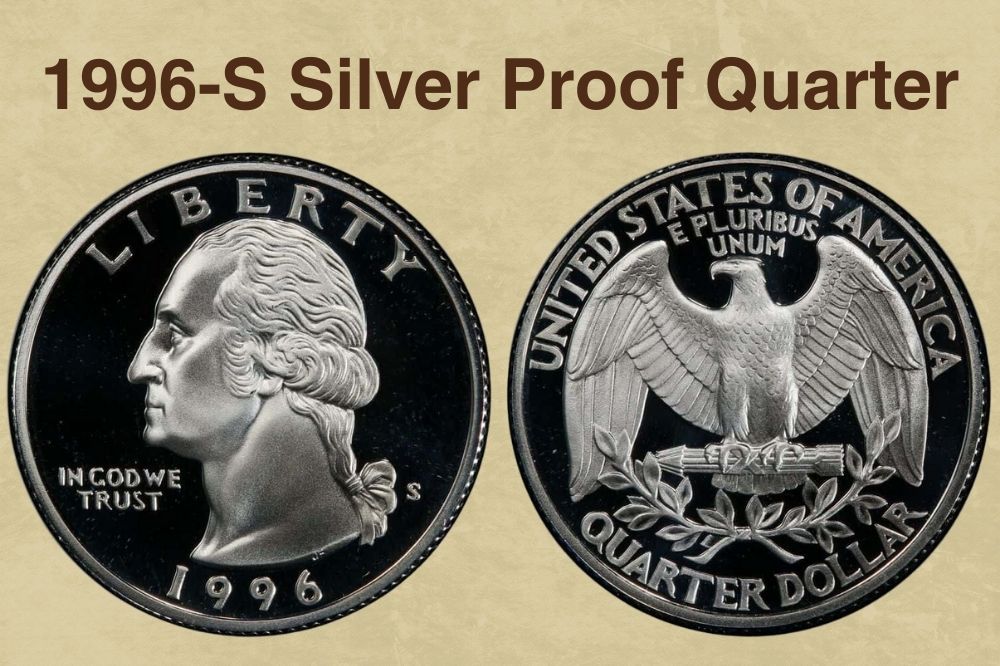
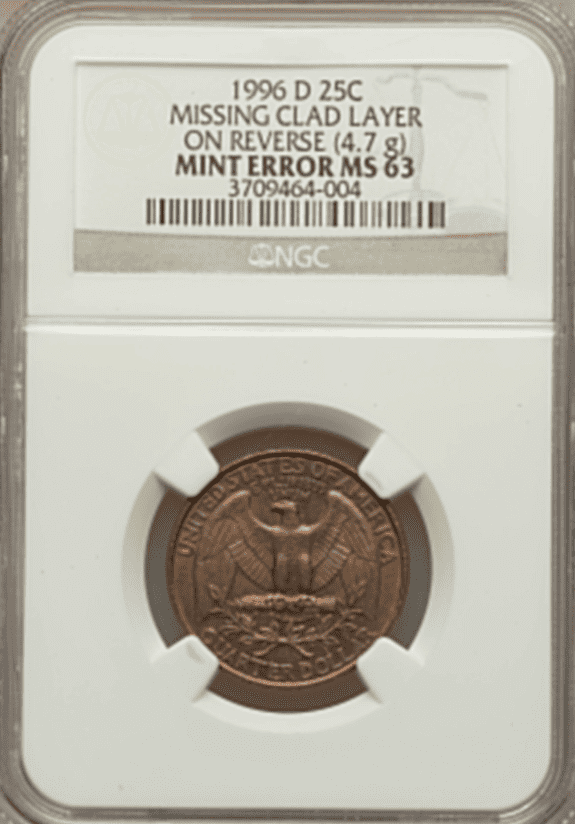
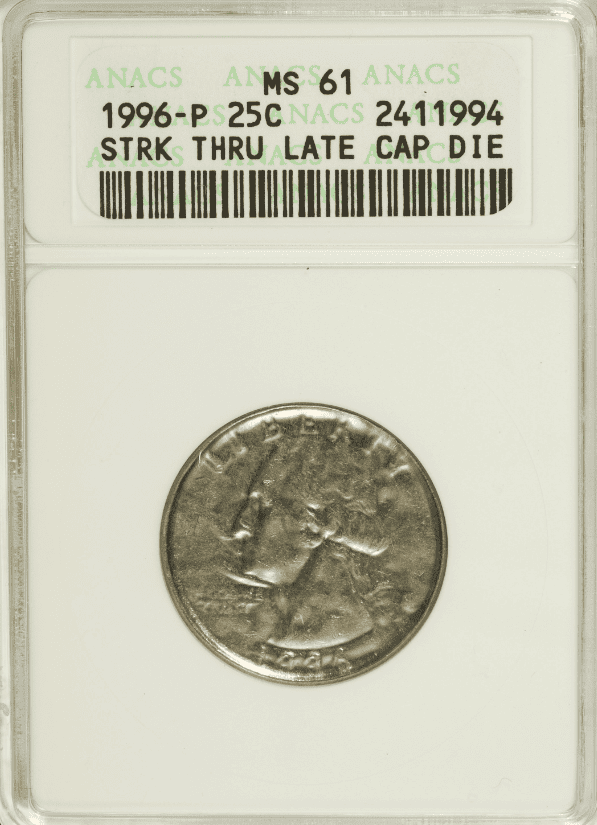
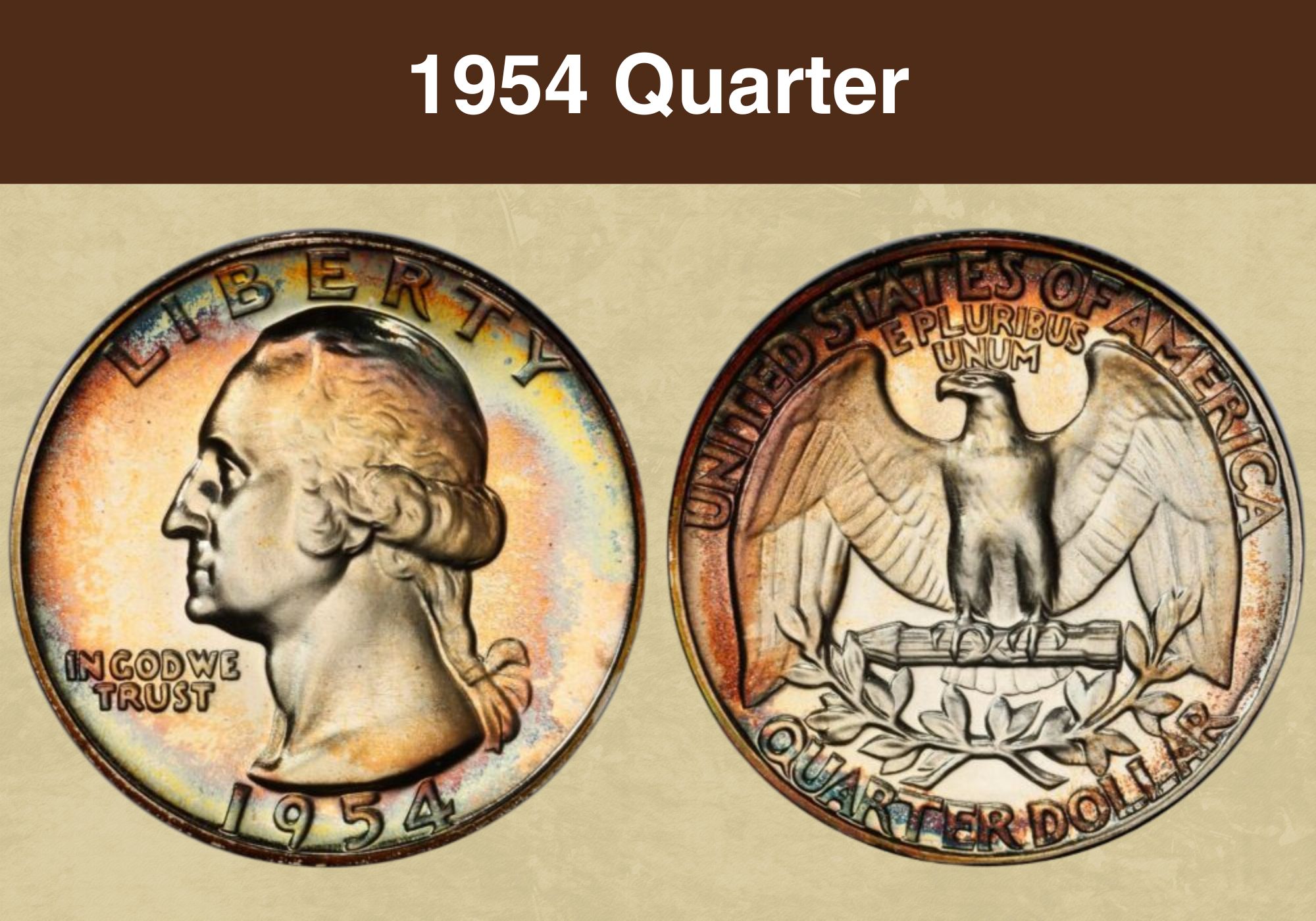
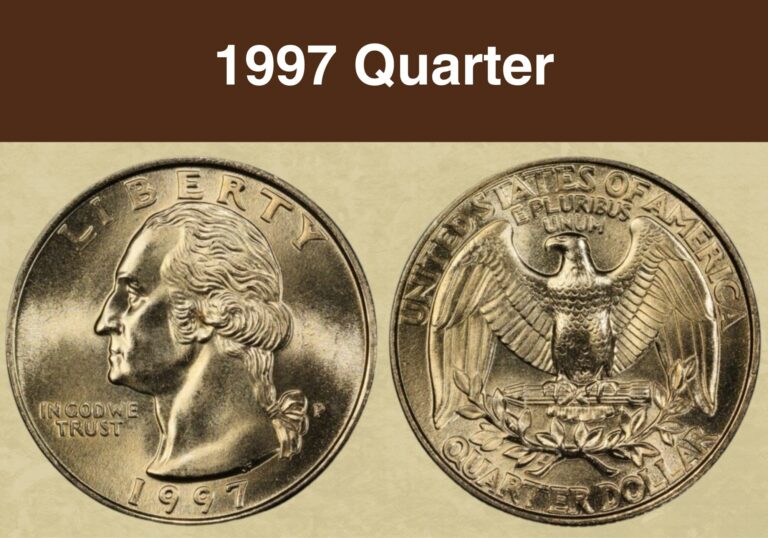
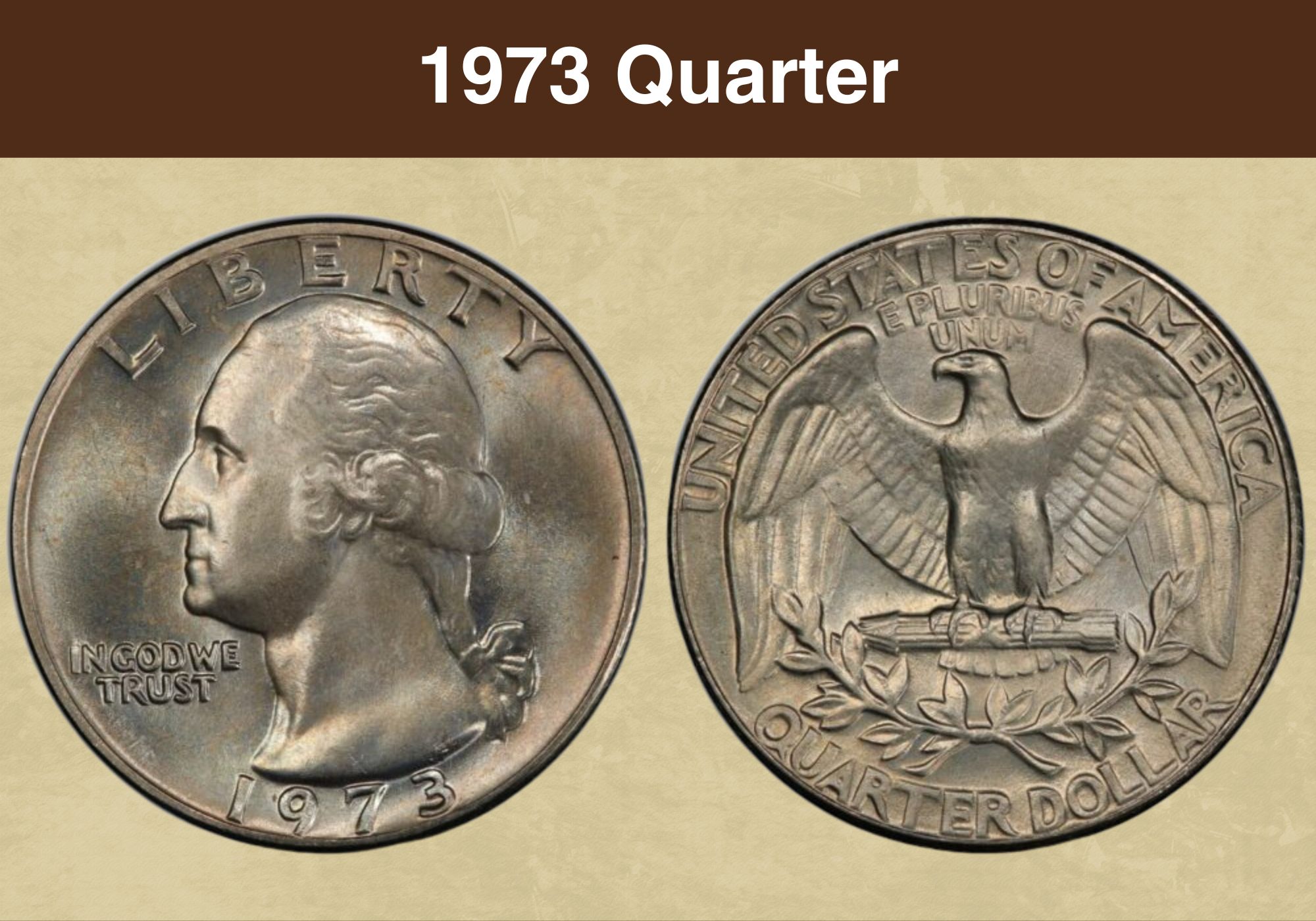
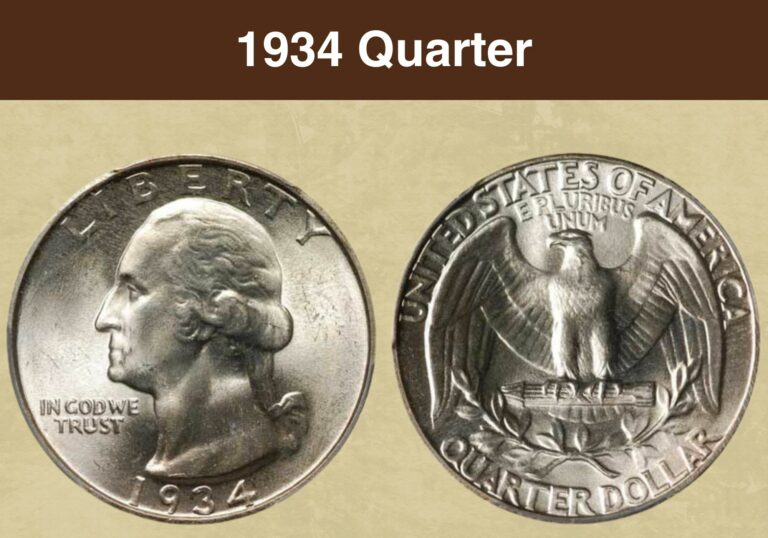
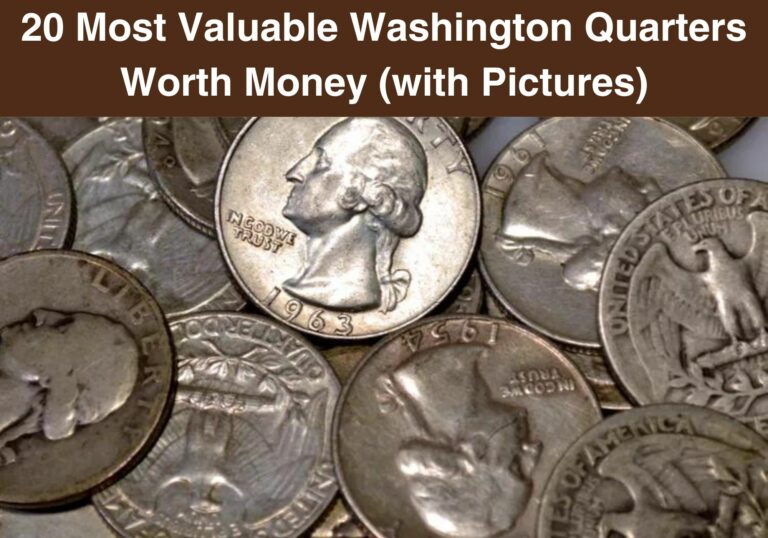
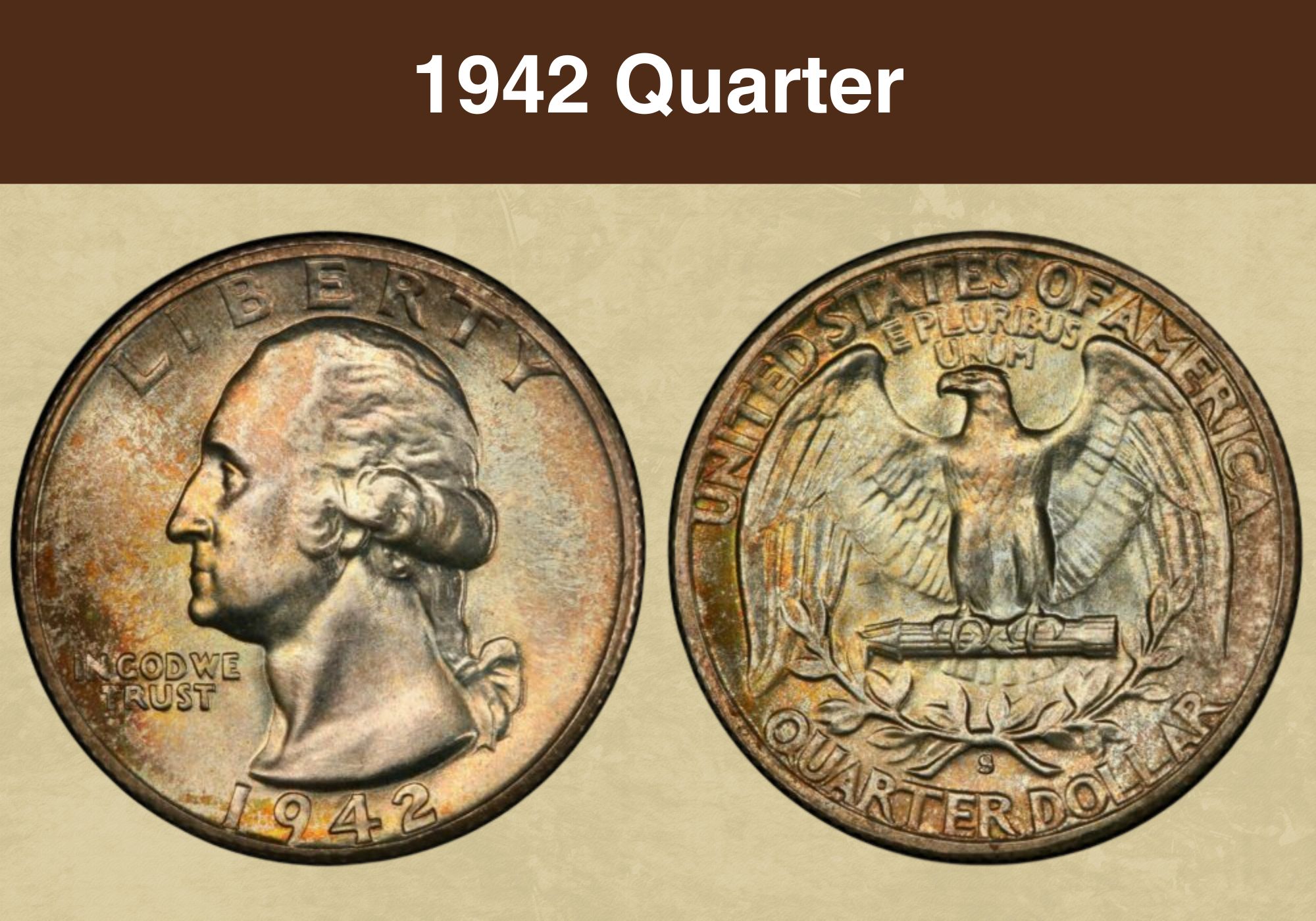
My 1996 P.mint quarter has two lines along the boarders edge